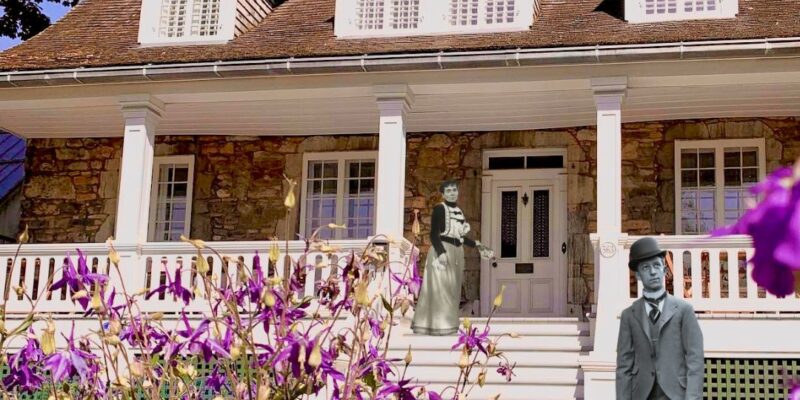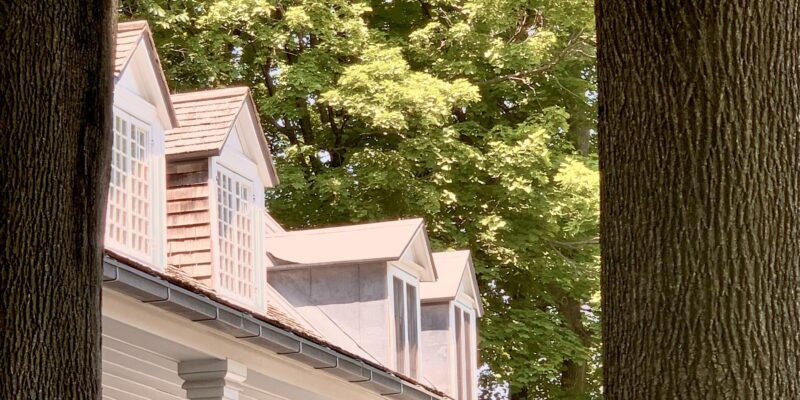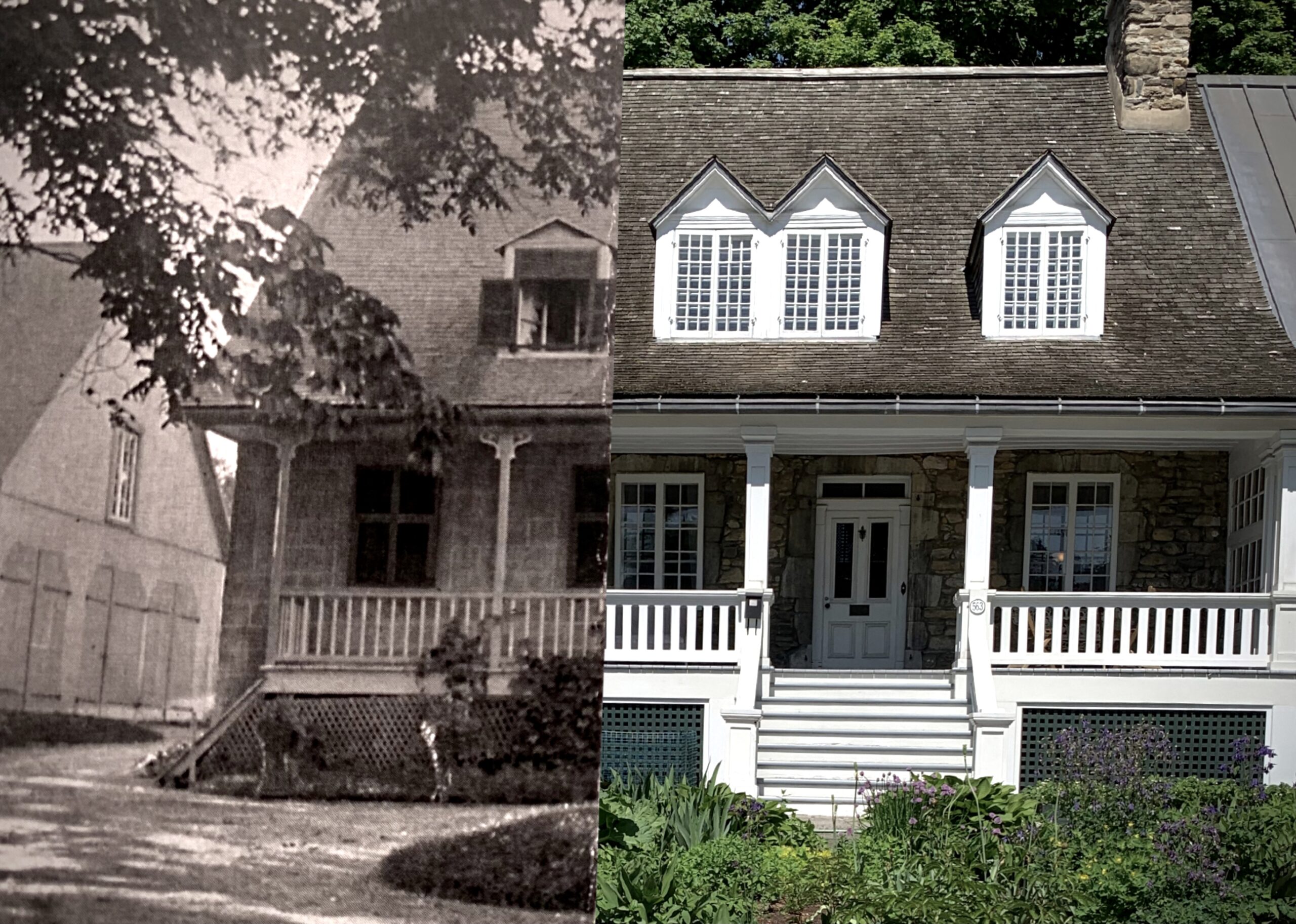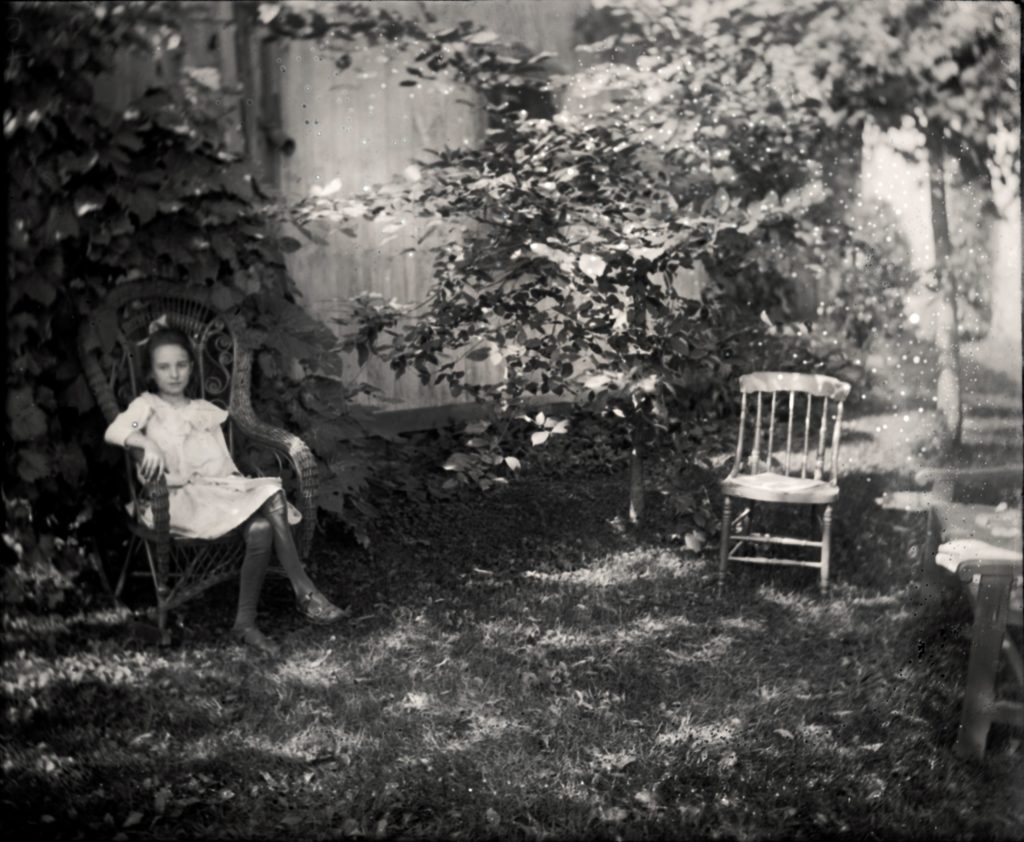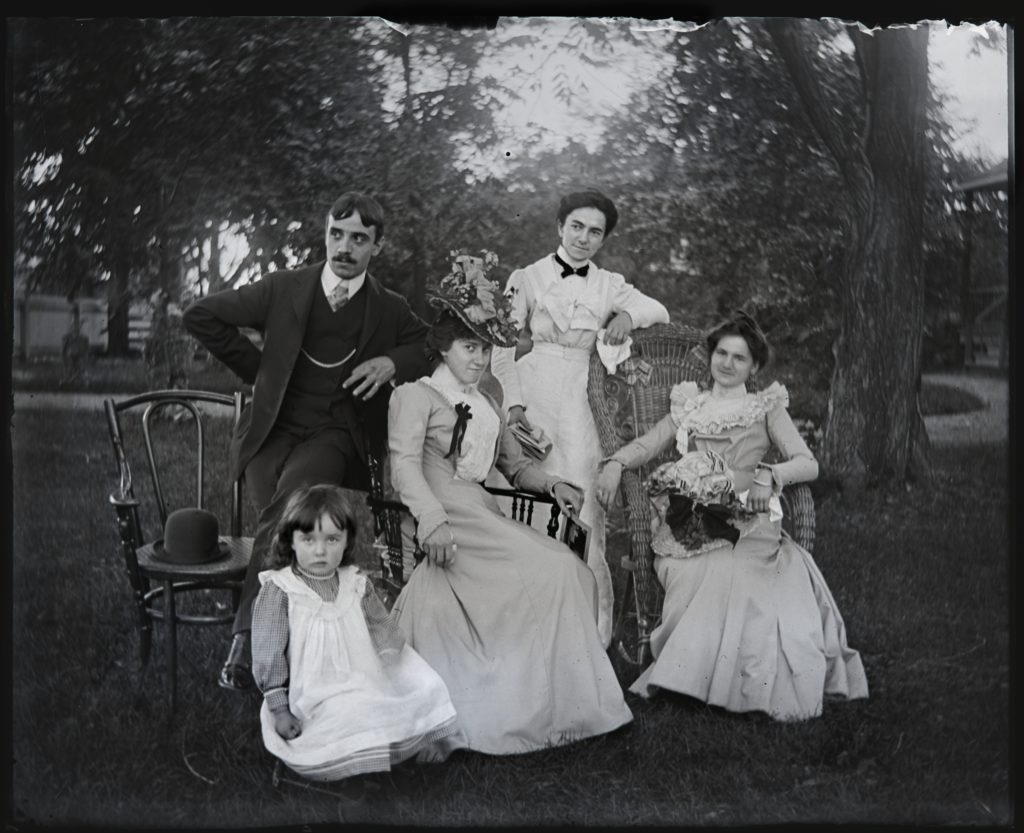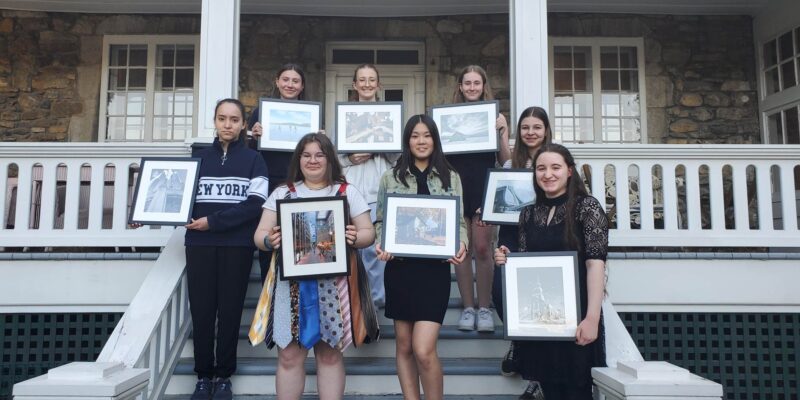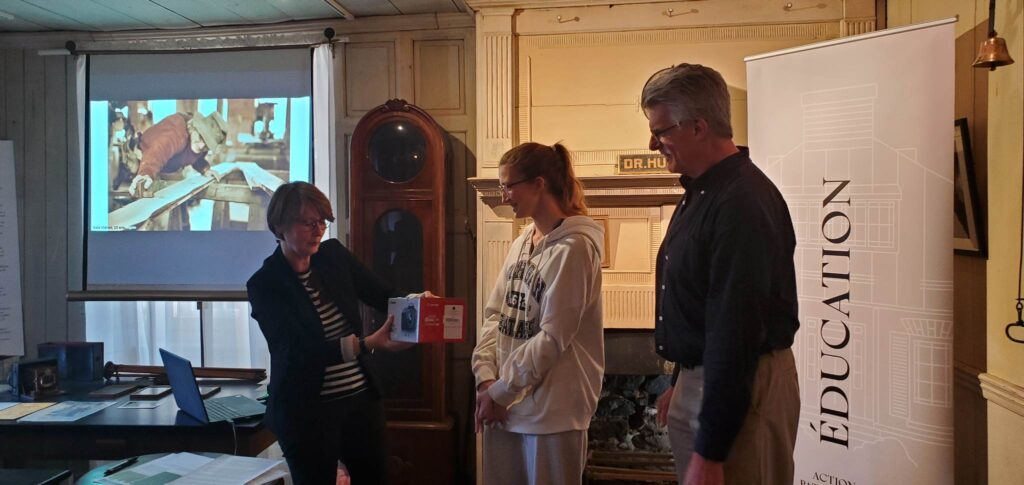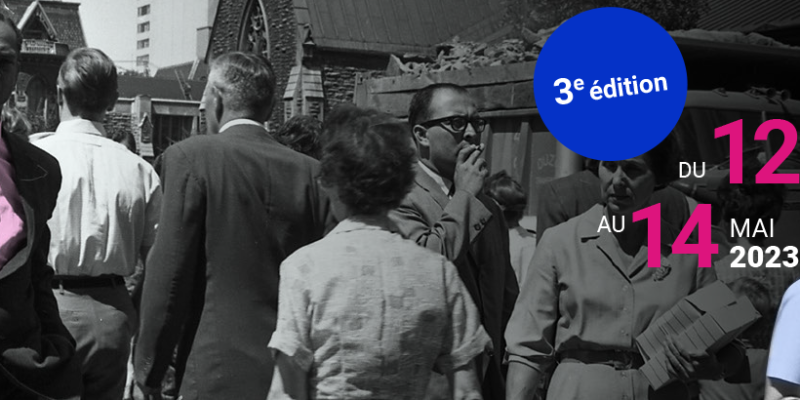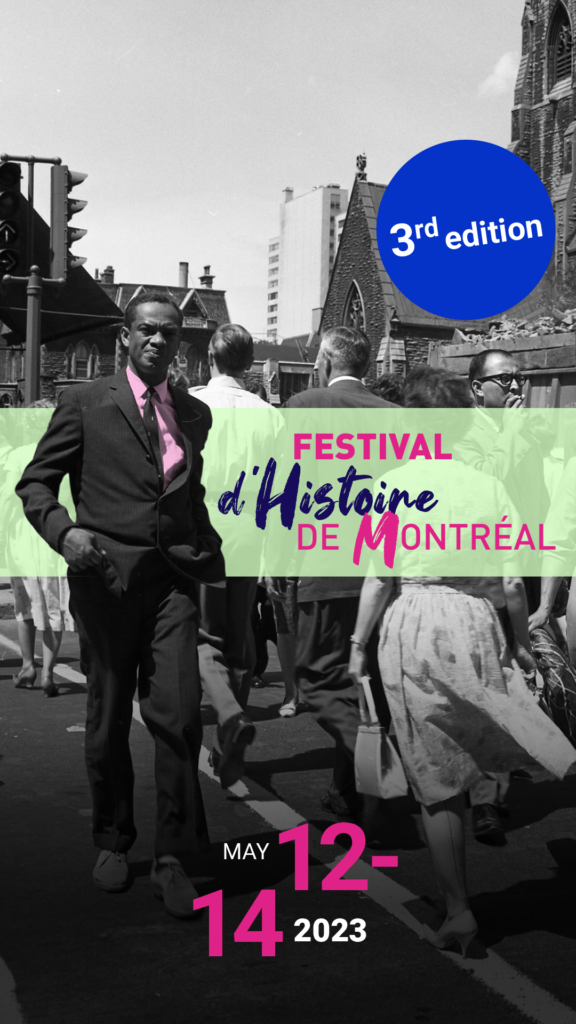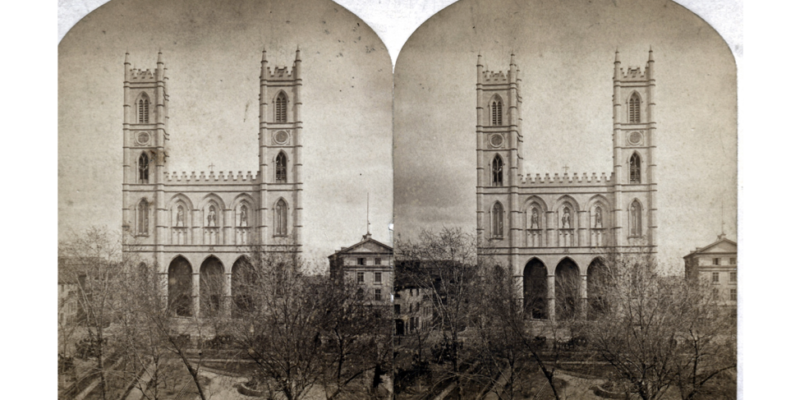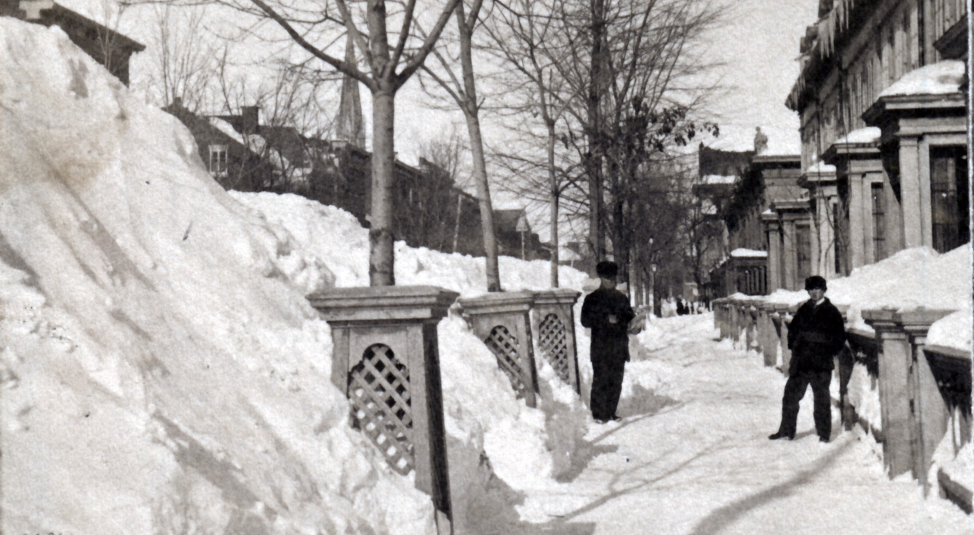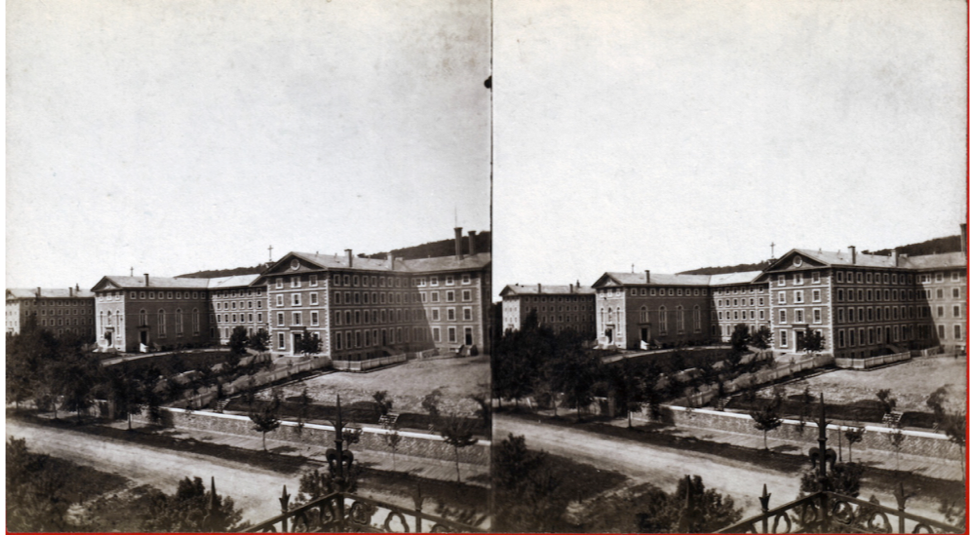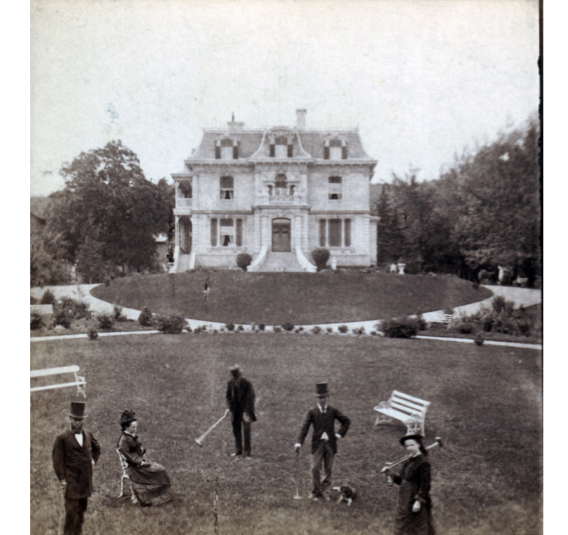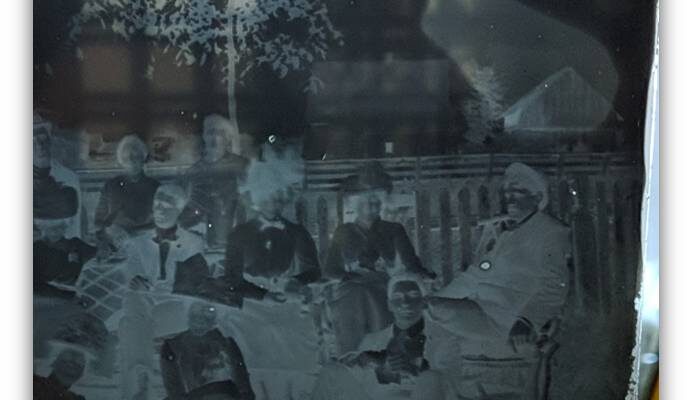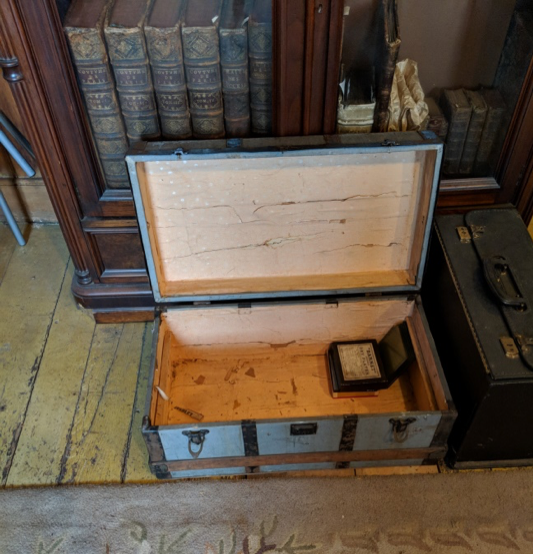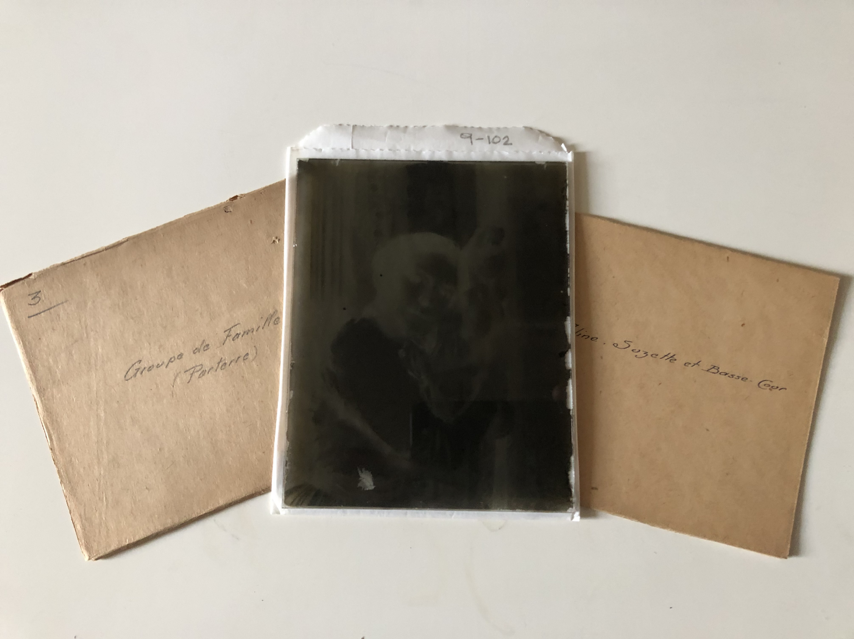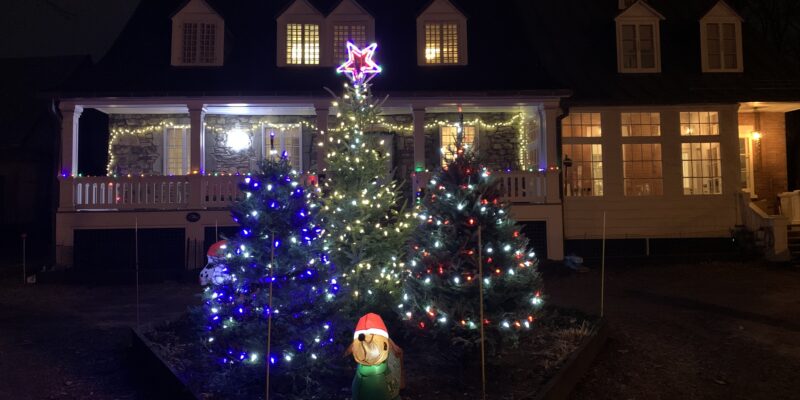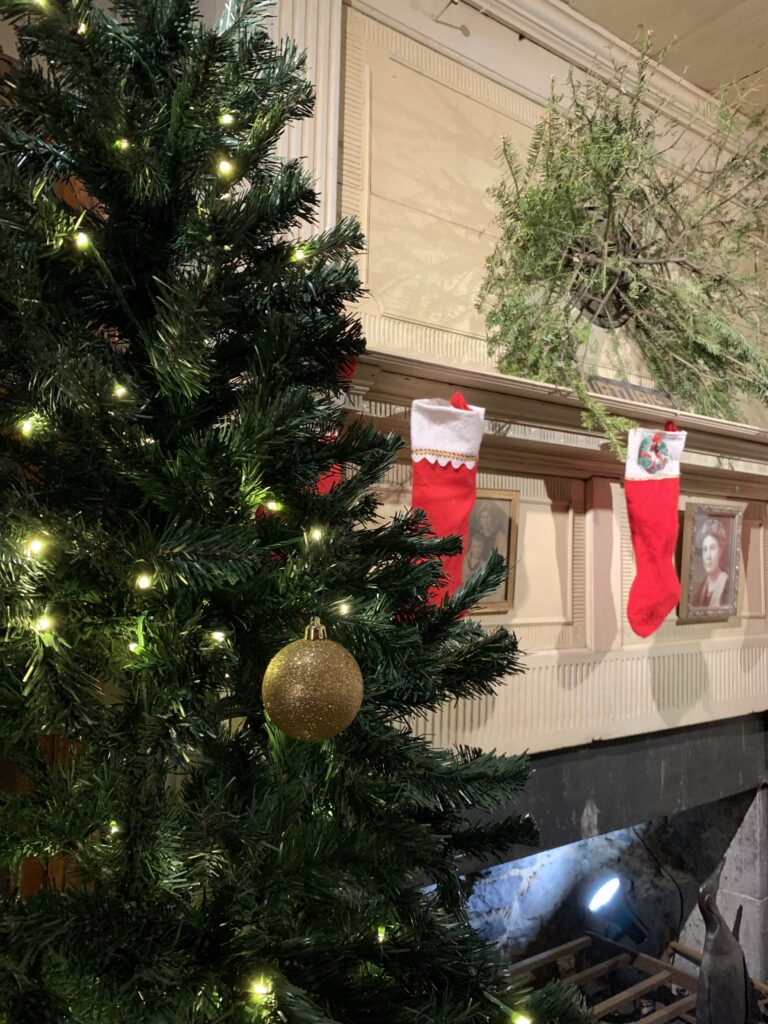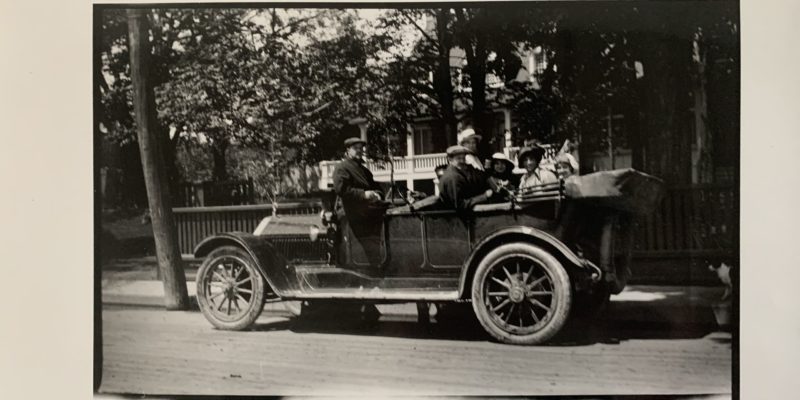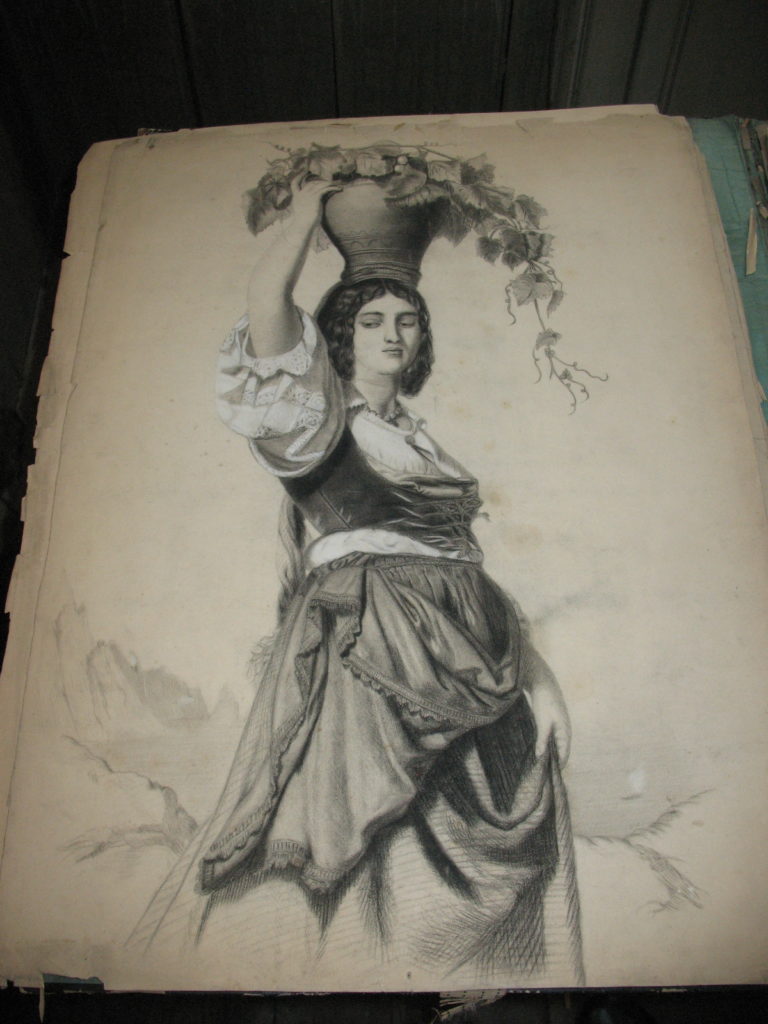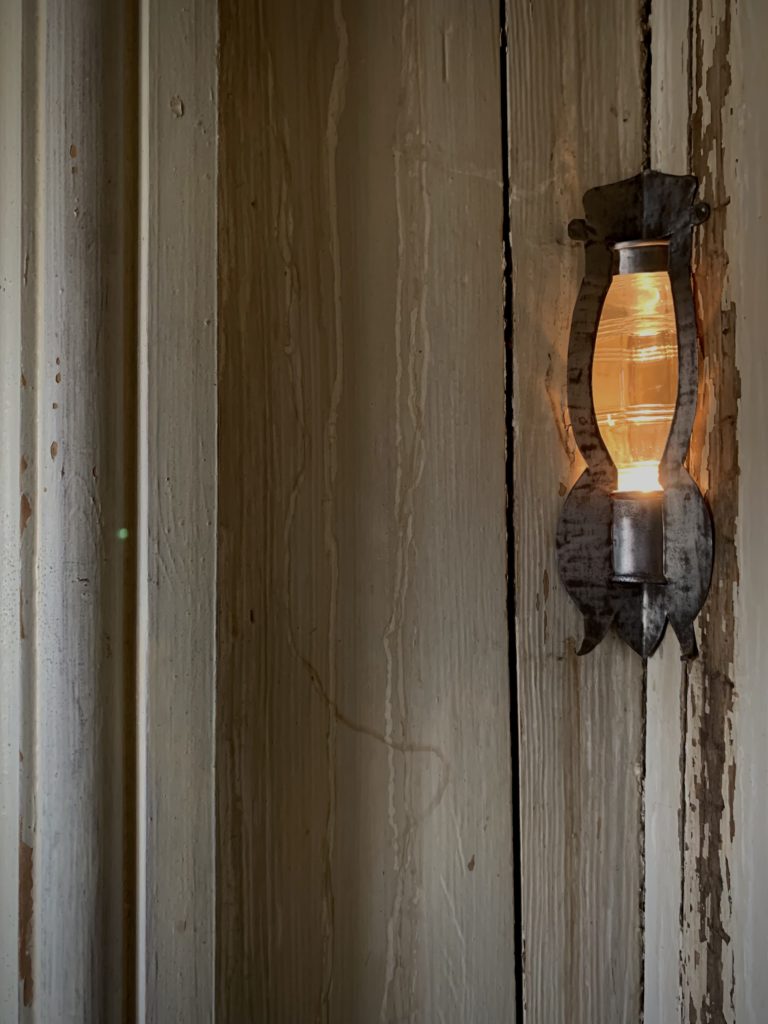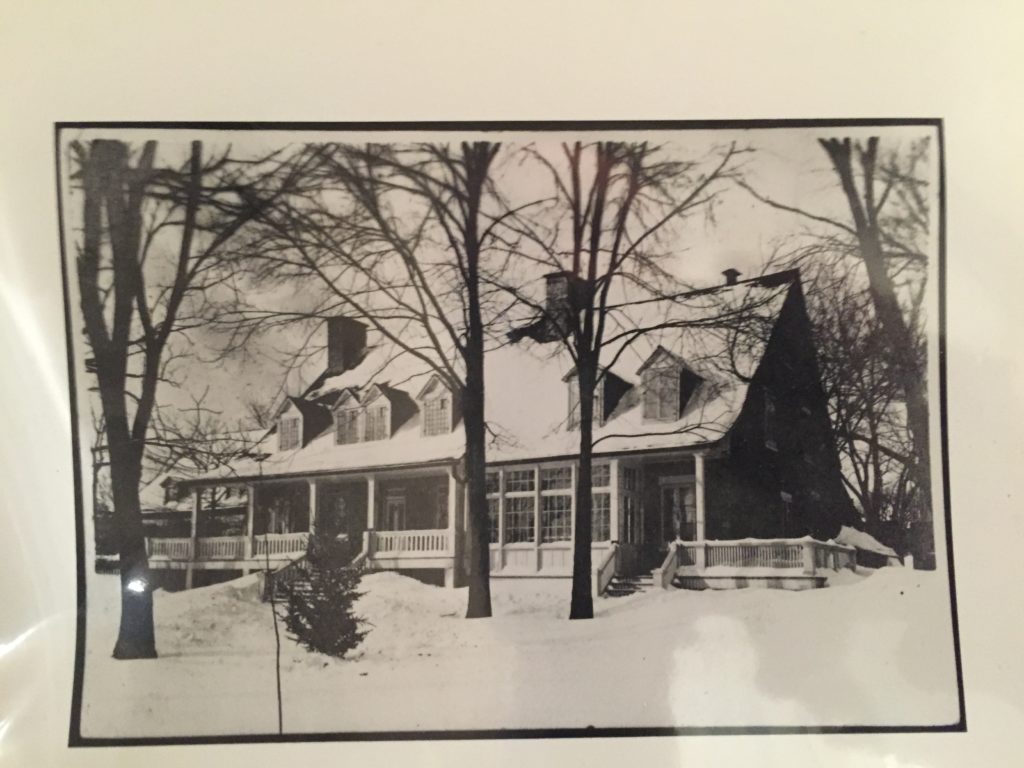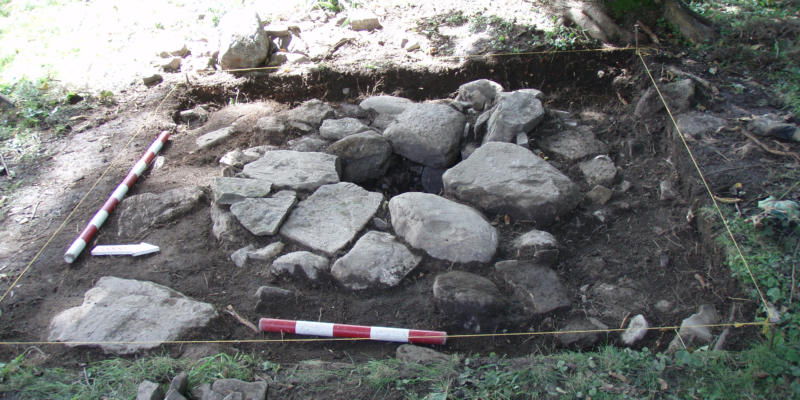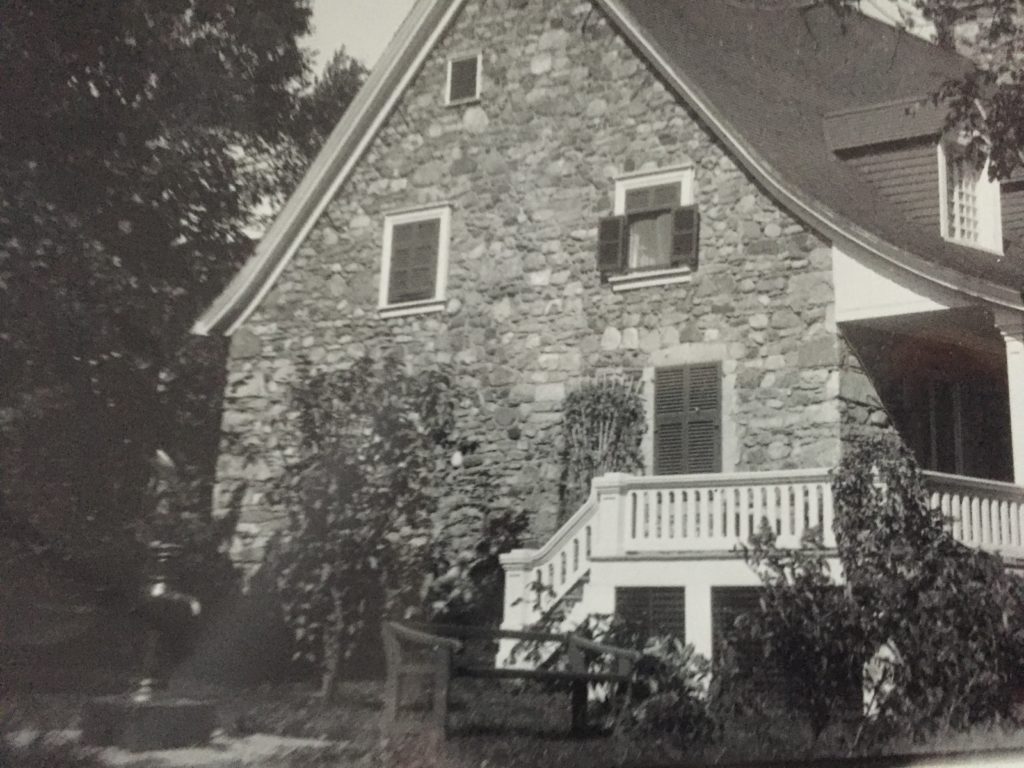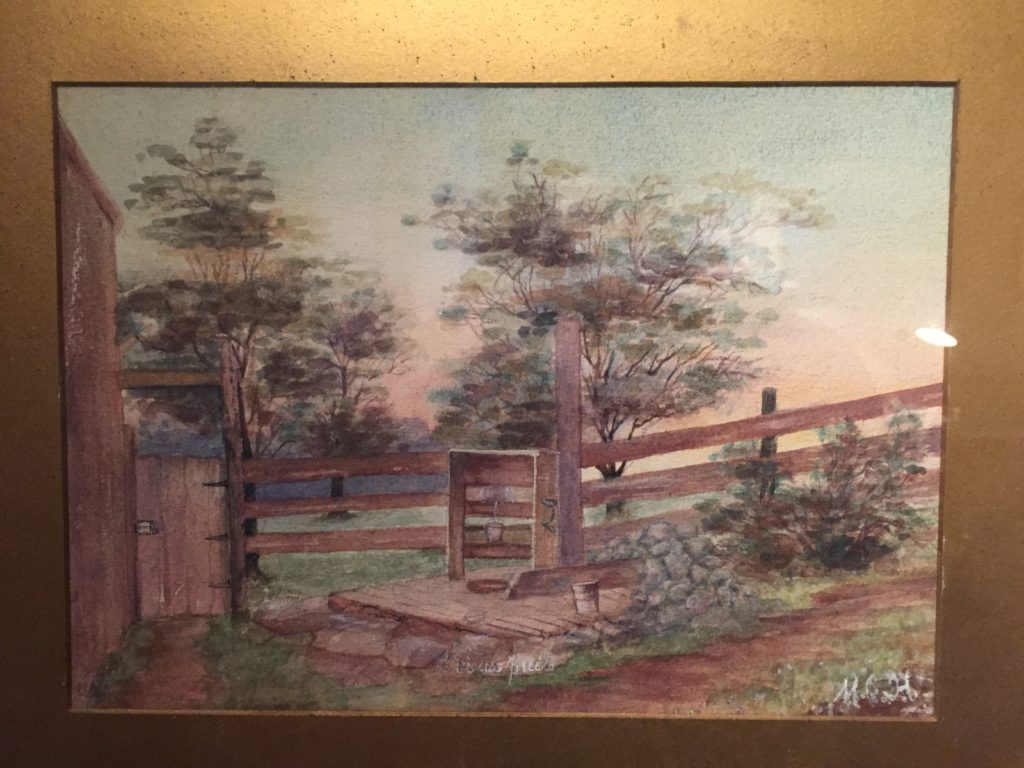You wish to visit the Hurtubise House?
Exciting news: the photography exhibition is now accessible for our visually impaired visitors! Ask for the audio guide!
Ease the process by booking directly online (see below)! Do not forget to wait for our confirmation before coming on your guided tour.
If you prefer to reserve by email, you still can do it by writing at coord@hcq-chq.org
General Informations
When? From June 20 to August 10 (Tuesdays, Thursdays and Wednesdays)
Where? Hurtubise House – 563 Chemin de la Côte-Saint-Antoine, Westmount, QC H3Y 2K5
Parking? You can find free parking on Victoria Avenue or Prince-Albert Street
Public transportation? In the neighborhood, the closest metro stations are Vendôme or Villa-Maria (15 min) – You can take the bus 124 Victoria Nord too
Fees?
We only accept cash and the payement is made on the spot
- $10 | Adults (18 and over)
- $6 | Teenagers (12-17 years old)
- $4 | Children (6-11 years old)
- Free entrance for children under 5 years & the guide of a visually impaired visitor
Accessibility?
- ACCESSIBILITY OF THE SPACE: *LIMITED* The entirety of the visit will take place on the first floor. It is accessible through a set of steps that lead to the front door or a ramp at the back of the house. However, the latter is not suited for wheelchairs as it is quite narrow. In addition, due to the old nature of the nature, the only bathroom available is situated on the second floor.
- ACCESSIBILITY OF THE GUIDED TOUR: *ADAPTABLE* The visit is composed of both visual and auditory elements. There are also objects that are available to be touched. If one has trouble seeing, an audio-guide is available upon request. Chairs are also provided for visitors that have trouble standing up through the whole duration of the visit. The visit is held in small groups (10-15 people maximum).
